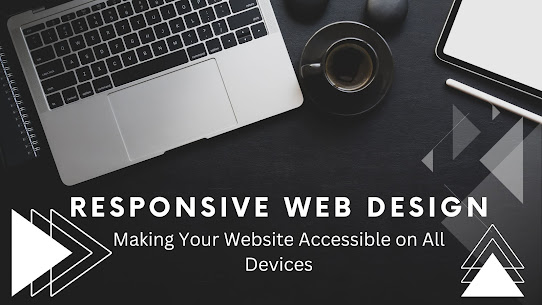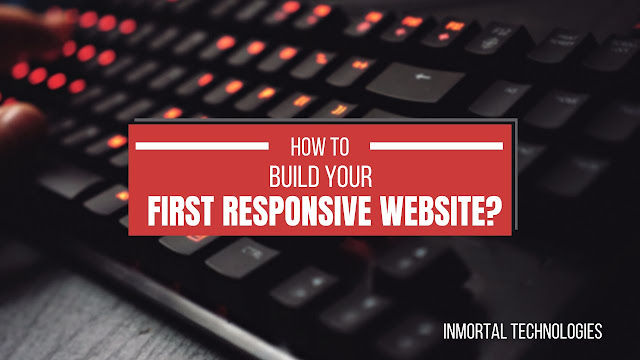Responsive Web Design: Making Your Website Accessible on All Devices
With the rise of smartphones and tablets, more and more people are accessing the internet on the go. This means that it’s no longer enough for websites to look good only on desktop computers — they need to be accessible on a wide range of devices, from small mobile phones to large desktop monitors.
That’s where responsive web design comes in. Responsive web design is an approach to web design that aims to create websites that adapt to the size and capabilities of the device they’re being viewed on. By using responsive design techniques, you can create websites that are accessible and easy to use on all devices, without the need for separate mobile or desktop versions.
- Better user experience: By designing your website to be responsive, you can ensure that your users have a consistent and positive experience, no matter what device they’re using. This can lead to higher engagement and conversion rates, as well as improved customer satisfaction.
2. Improved SEO: Google and other search engines prioritize websites that are mobile-friendly and accessible on all devices. By creating a responsive website, you can improve your search engine rankings and drive more traffic to your site.
3. Increased accessibility: By designing your website to be responsive, you can ensure that it’s accessible to a wider range of users, including those with disabilities. This can help you reach a broader audience and improve your website’s overall usability.
So, how do you create a responsive website? Here are some key techniques to consider:-
- Use a flexible layout: One of the key principles of responsive web design is using a flexible layout that can adapt to different screen sizes. This means using percentage-based widths and heights instead of fixed pixel values, as well as using fluid grids that can adjust to different screen widths.
2. Use media queries: Media queries are a powerful tool for creating responsive websites. By using media queries, you can define different styles for different screen sizes, allowing your website to adapt to a wide range of devices.
3. Optimize images: Images can be a major source of performance issues on mobile devices, so it’s important to optimize them for smaller screens. This can include using responsive images that adjust to different screen sizes, as well as compressing images to reduce their file size and improve page load times.
4. Prioritize content: On smaller screens, it’s important to prioritize content that’s most important to your users. This can include using smaller font sizes, reducing the number of images, and using collapsible menus and sections to save space.
5. Test and iterate: Creating a responsive website is an iterative process, and it’s important to test your site on a wide range of devices to ensure that it’s accessible and easy to use. You may need to make tweaks and adjustments to your design as you go, based on user feedback and performance data.
In conclusion, responsive web design is essential for creating websites that are accessible and easy to use on all devices. By using flexible layouts, media queries, and other responsive design techniques, you can create websites that look great and function well on everything from smartphones to large desktop monitors. With the rise of mobile browsing, responsive web design is more important than ever — so if you haven’t already, now is the time to make your website responsive!




Comments
Post a Comment